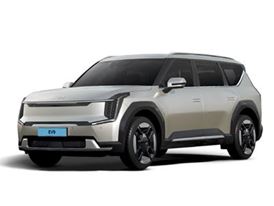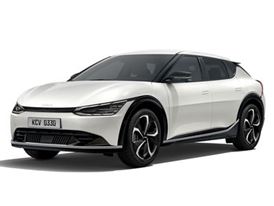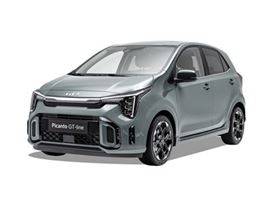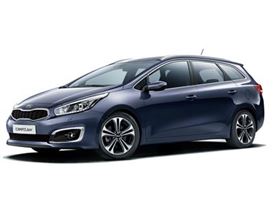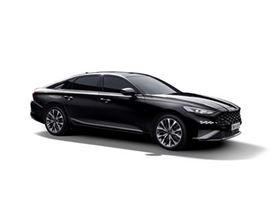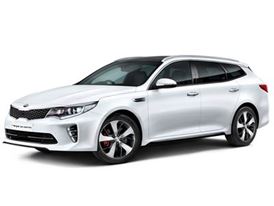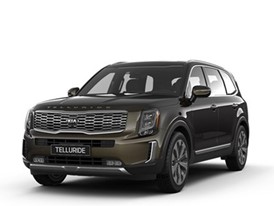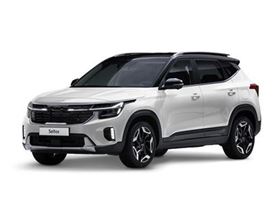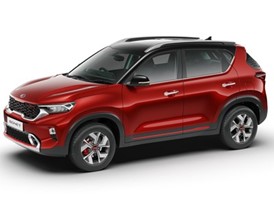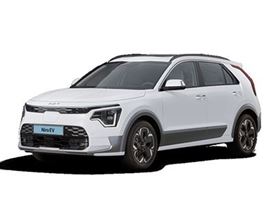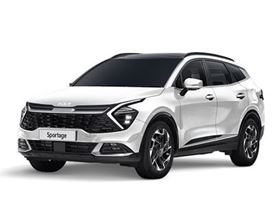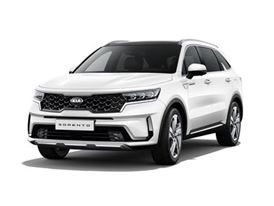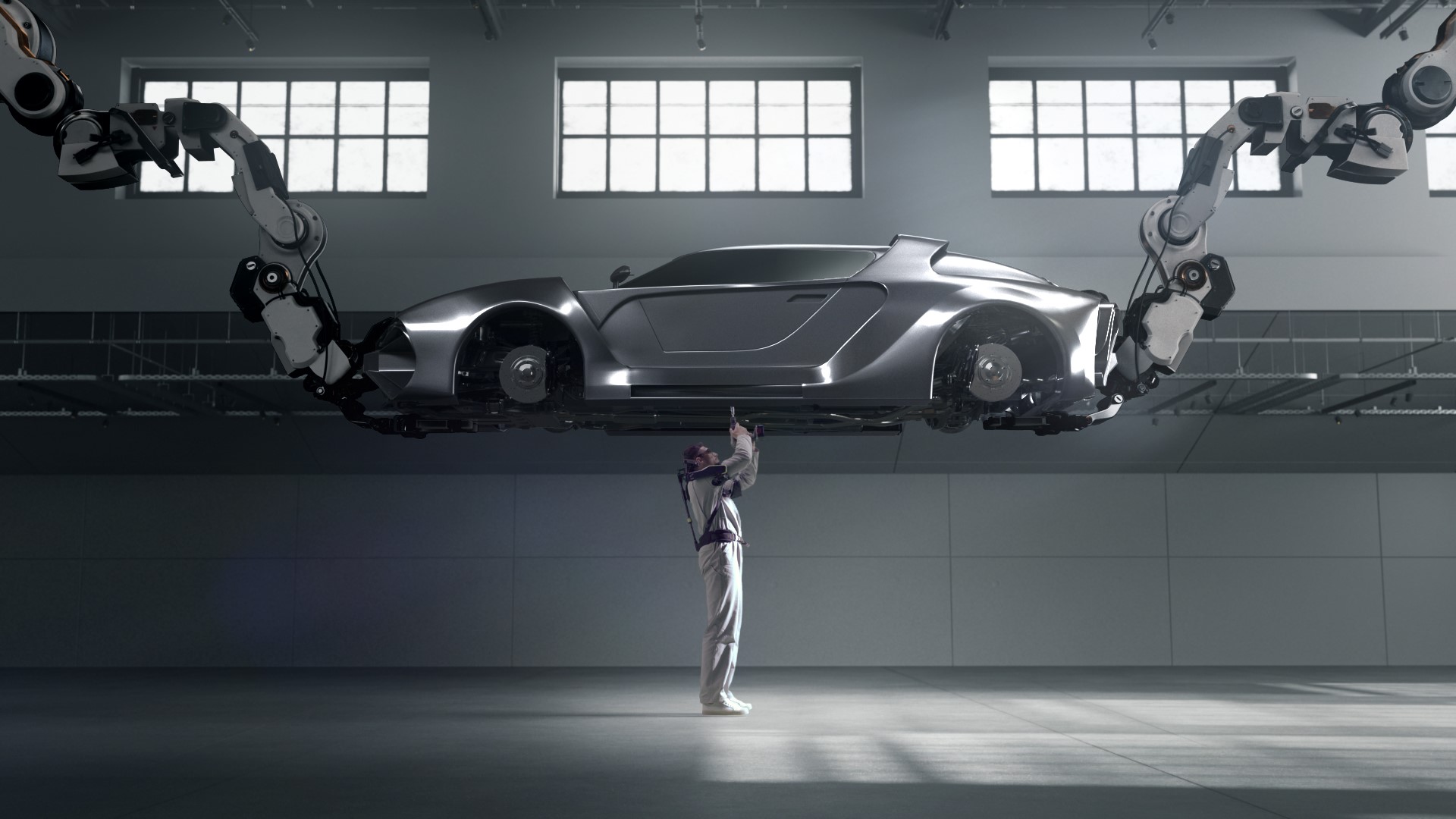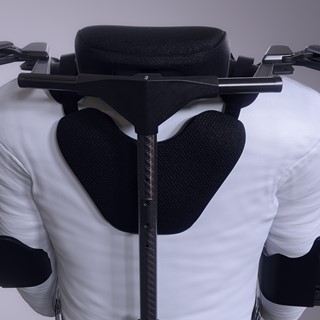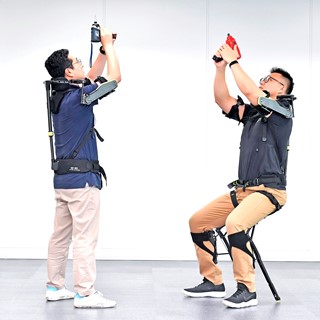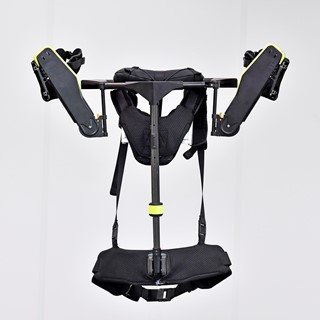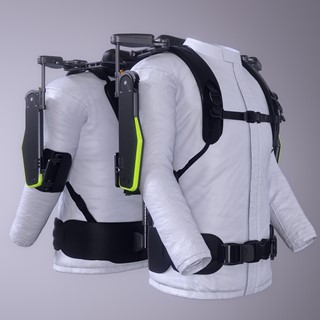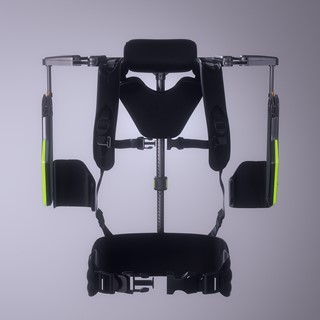Hyundai Motor Group Develops Wearable Vest Exoskeleton to Alleviate Burden in Overhead Work
- New Wearable Vest EXoskeleton (VEX) is up to 42% lighter than competing products
- The VEX functions without the need for a battery by imitating human shoulder joint and using multilink lift assistant module
- Hyundai Motor Group also announces commercialization of its Chairless EXoskeleton
- Hyundai Motor Group to expand robot application into EV charging and personal mobility
As part of the Group’s plans to develop a diverse range of robotics technologies, another lightweight wearable device is soon to be commercialized. The ‘Chairless EXoskeleton’ (CEX) supports workers to maintain a sitting position without a stool or chair. At 1.6kg, it is light yet highly durable and able to withstand weights of up to 150kg.
According to the International Federation of Robotics, the wearable robotics industry is growing 14% annually, a rate which is accelerating. By 2021 approximately 630,000 commercial robots will be sold worldwide, with the greatest demand coming from the automotive sector. In 2017, 126,000 robots were supplied to the auto sector, making-up 33% of all commercial robots.
MEDIA
MORE FROM News
-



Hyundai Motor Group Advances Hydrogen Vision in Dialogue at APEC CEO Summit Korea 2025
-
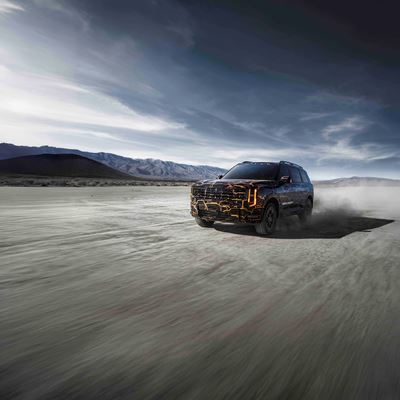


Kia America Reveals Custom 2027 Camouflage Telluride
-
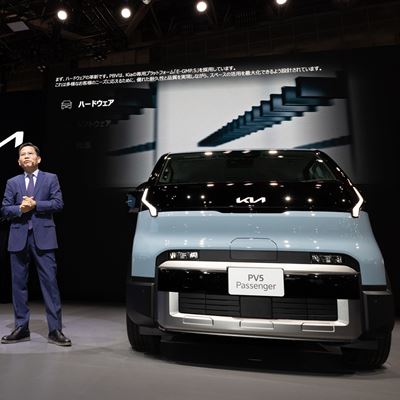


Kia Marks Japan Debut with PBV ‘PV5' at Japan Mobility Show 2025
-
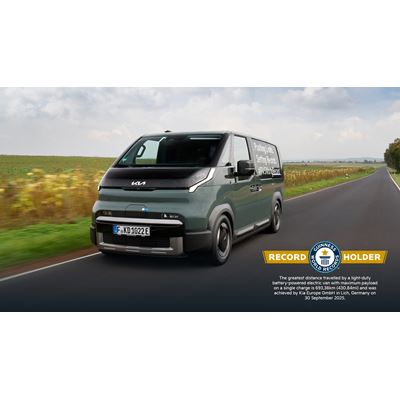


The Kia PV5 Cargo sets a GUINNESS WORLD RECORDS™ title: 693.38 kilometers on a single charge with maximum payload
